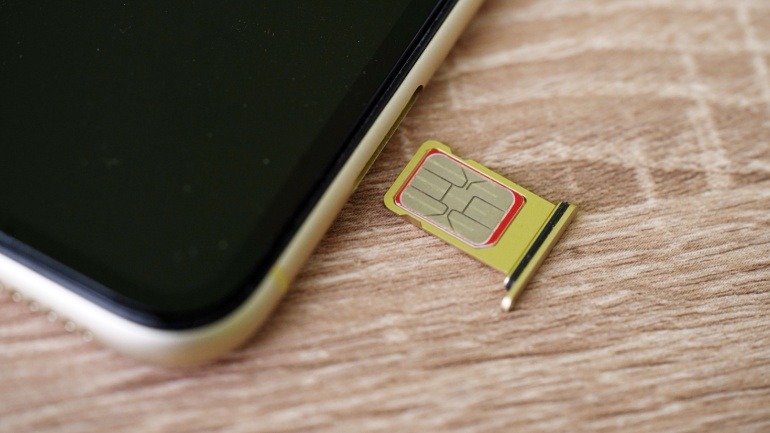The escalating US-Huawei tensions profoundly impact the global VOIP industry by highlighting the strategic importance of technological independence. Ongoing sanctions against Huawei emphasize a pivotal point: adaptability in sourcing components is crucial. As these US-China dynamics unfold, VOIP providers must anticipate shifts in technological power impacting future market strategies.
Samsung Electronics today announced that the company has been selected by KDDI as a main vendor to provide 4G and 5G O-RAN compliant virtualized Radio Access Network (vRAN) solutions for their Open RAN deployment in Japan. In line with KDDI’s vision to adopt leading-edge network technology, the companies will expand the reach of Open RAN in the coming years. Starting from 2025, KDDI will expand its Open RAN deployment leveraging the advantages of a fully disaggregated and software-based architecture powered by Samsung vRAN. KDDI’s Open RAN network will feature enhanced capabilities for improved energy efficiency, optimized performance and intelligent automation. “KDDI has been focused on identifying and preparing for next-generation networks, and we have been conducting numerous technical verification and feasibility studies on Open RAN with industry-leading companies like Samsung,” said Kazuyuki Yoshimura, Chief Technology Officer of KDDI. “Today’s announcement represents KDDI’s dedication to bringing innovative technologies to Japan. We are proud to deliver a cutting-edge and reliable radio access…
MediaTek has unveiled the Dimensity 9400, a powerful chipset built on TSMC’s 3nm process, delivering up to 40% better power efficiency and 35% faster single-core performance. Targeting edge-AI applications, it supports Wi-Fi 7, tri-fold smartphones, and advanced 5G connectivity.
Vodafone and Kigen have introduced an integrated iSIM service, revolutionizing IoT deployments. This initiative incorporates iSIM chipsets into Kigen’s security package, providing pre-loaded iSIM connectivity optimized for Vodafone’s LPWA networks like NB-IoT and LTE-M.
Qualcomm’s interest in acquiring Intel signifies a major shift in the semiconductor industry. Qualcomm CEO Cristiano Amon is reportedly leading the talks, aiming to capitalize on Intel’s recent restructuring. This potential acquisition could redefine the competitive landscape, although regulatory hurdles may pose significant challenges.
Intel has announced a significant delay in constructing new chip manufacturing facilities in Germany and Poland, following disappointing Q2 financial results. This delay could impact Europe’s ambitions to bolster semiconductor production and reduce dependence on Chinese manufacturing.
Marvell Technology is experiencing substantial growth in its data center AI segment, despite an overall revenue dip for the second quarter of fiscal 2025. The company reported net revenue of $1.273 billion and a significant reduction in net loss compared to the previous year. Driven by strong AI demand, Marvell’s data center business saw record revenue, setting the stage for robust growth opportunities.
LiquidStack has launched the CDU-1MW, a Coolant Distribution Unit built for direct-to-chip (DTC) liquid cooling in data centers. With a robust 1,350kW cooling capacity, the CDU-1MW is tailored for high-performance computing, AI, and large-scale language models. This innovative unit ensures energy efficiency, operational cost reduction, and seamless integration with diverse cooling systems.
Germany is investing €5 billion in a new semiconductor manufacturing facility in Dresden through the European Semiconductor Manufacturing Company (ESMC) initiative. The facility will leverage advanced technologies like FinFET and aims to reduce Europe’s dependence on U.S. and Chinese semiconductor imports. This strategic move promises to enhance Germany’s role in the global semiconductor industry.
Google’s new long-term agreement with Energix Renewables underscores the escalating importance of sustainable energy in tech advancements. By supplying 1.5 gigawatt-peak of solar projects by 2030, this partnership aligns with Google’s net-zero emissions goals, ensuring clean energy for their AI-driven data centers and marking a pivotal shift towards greener technology solutions.












